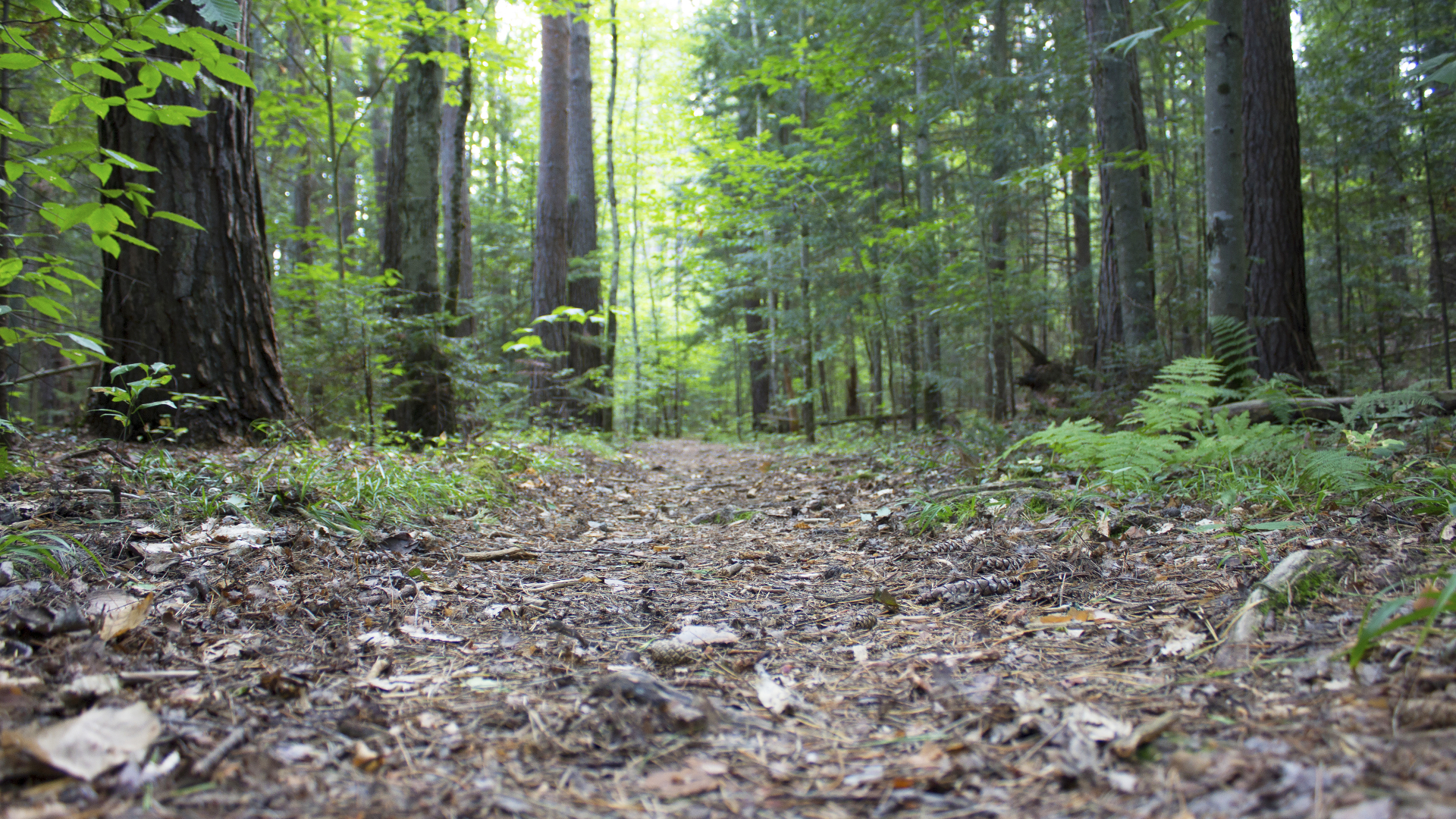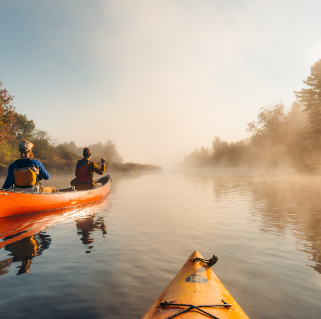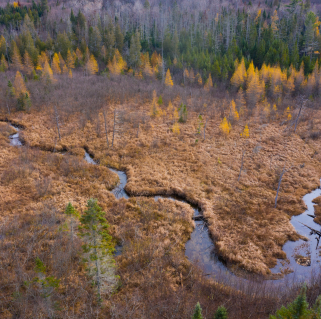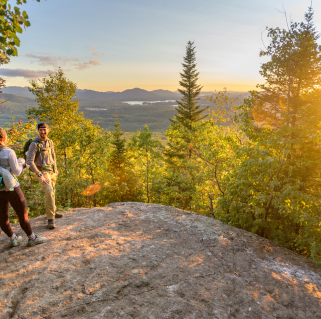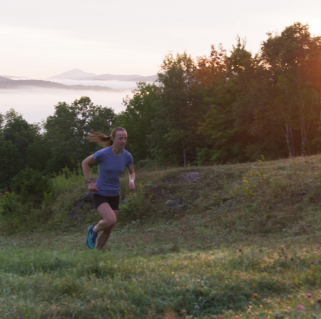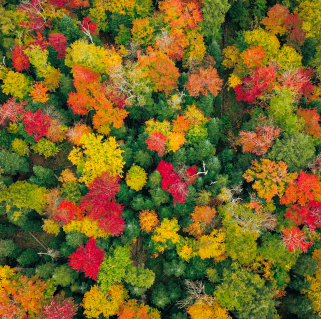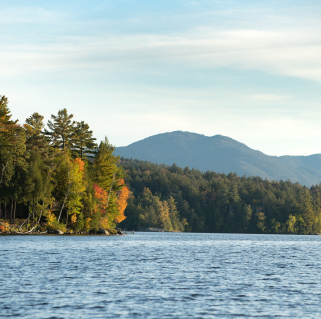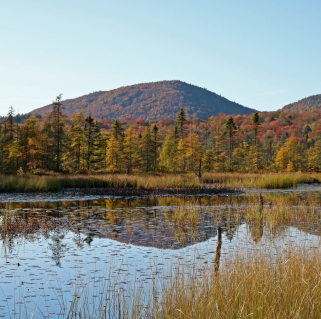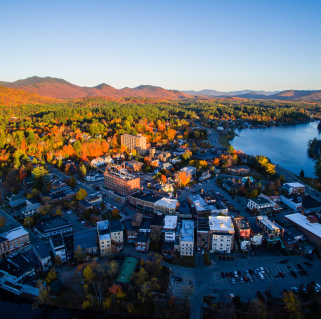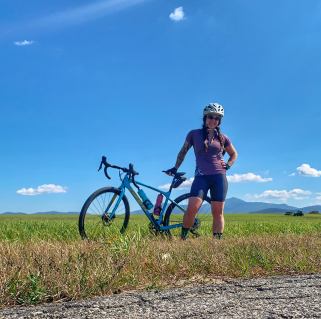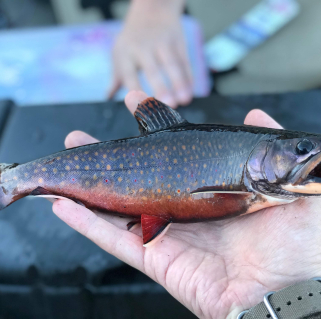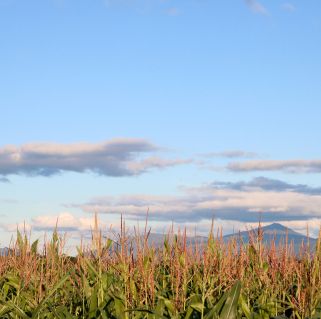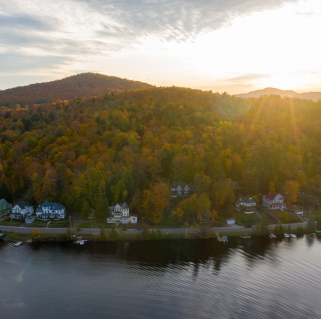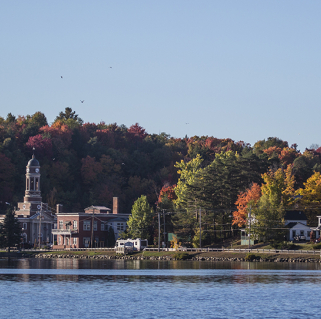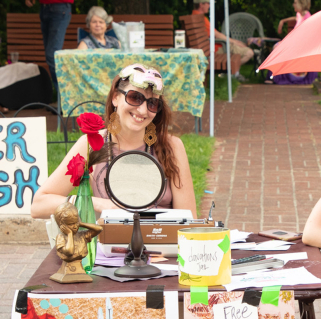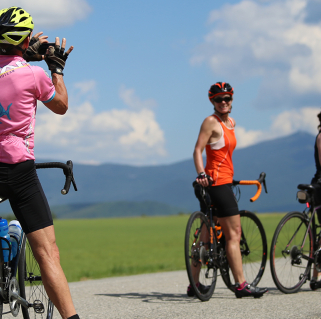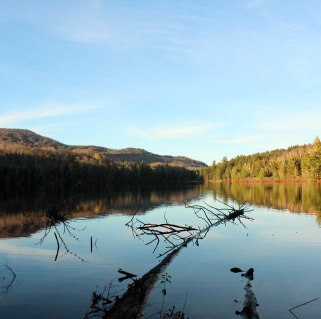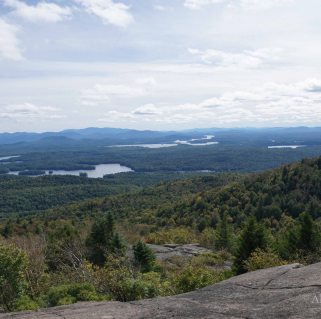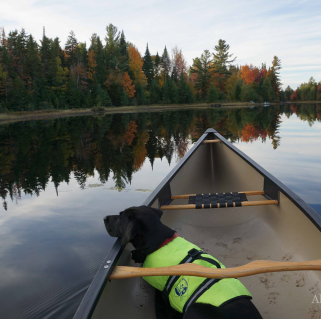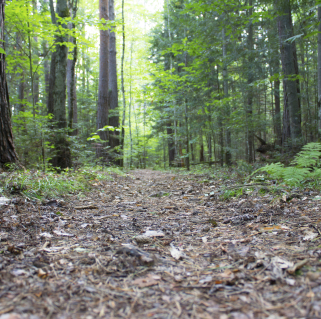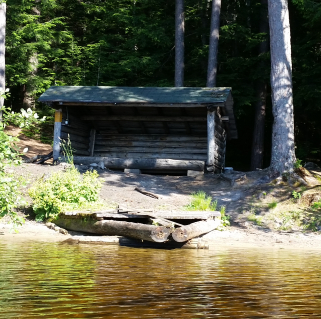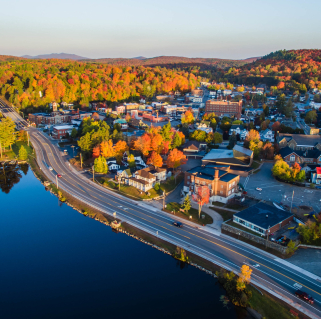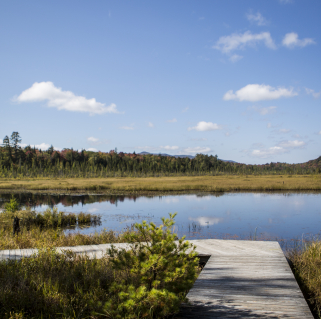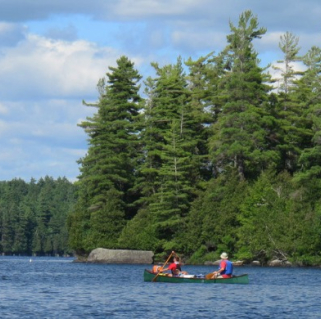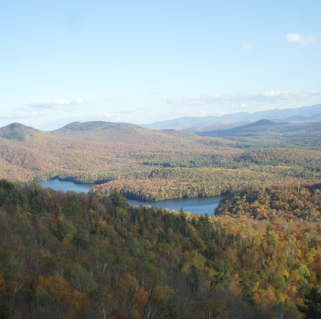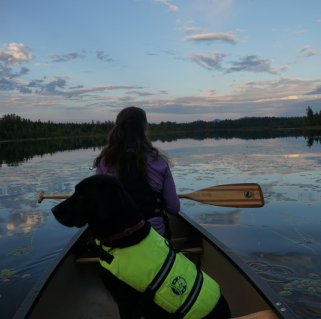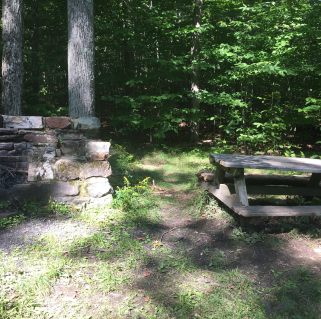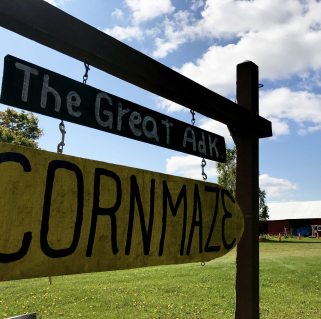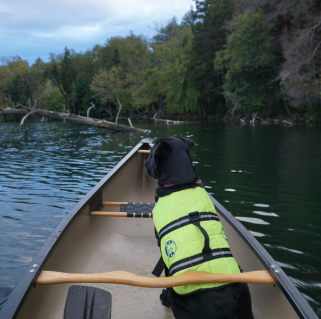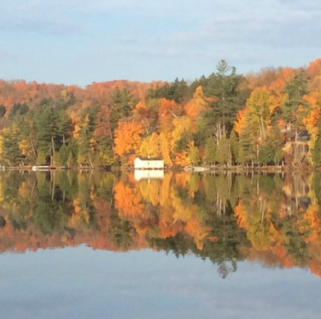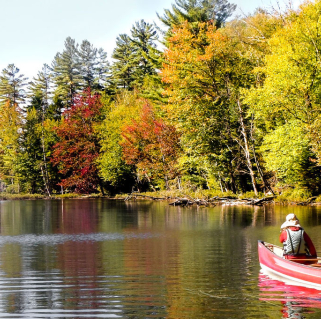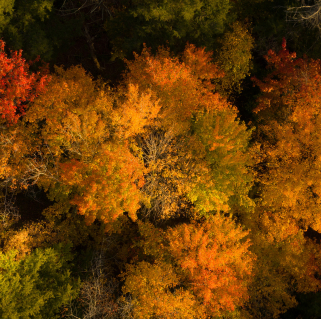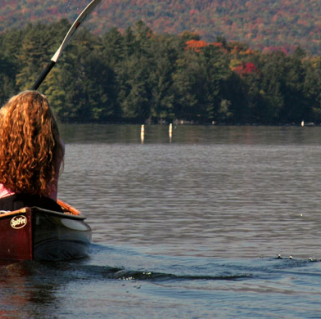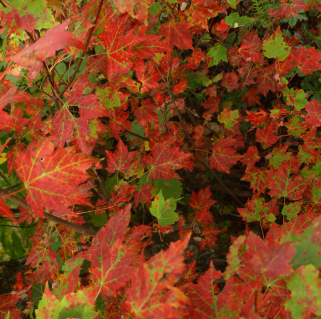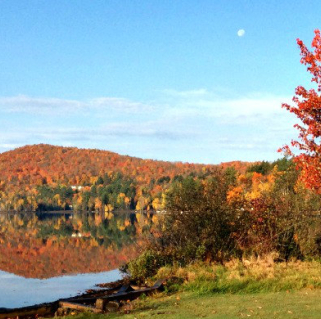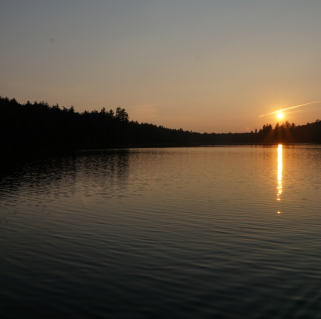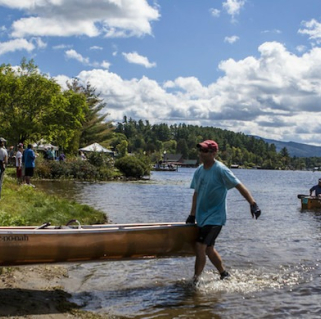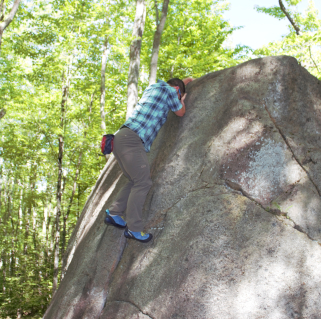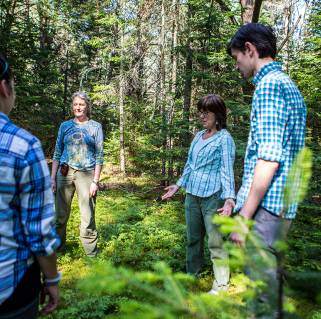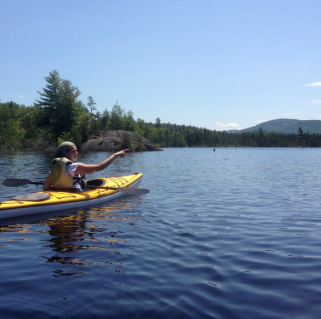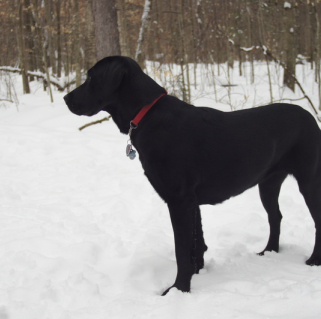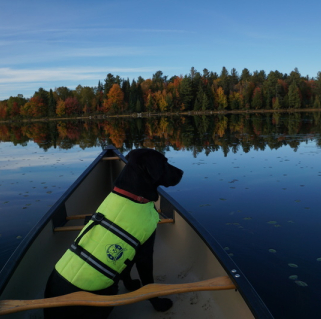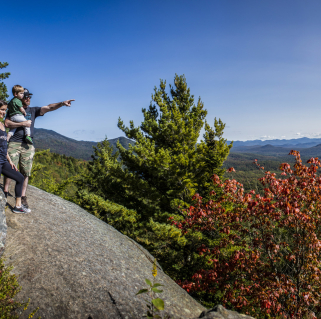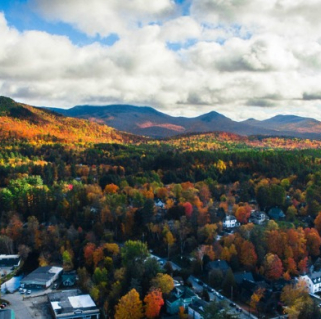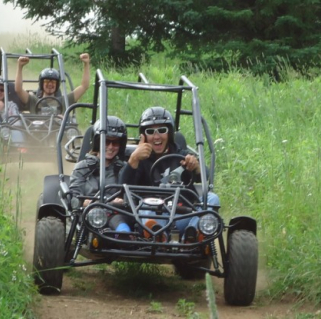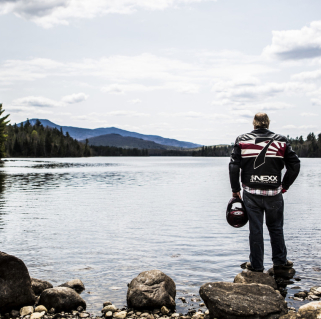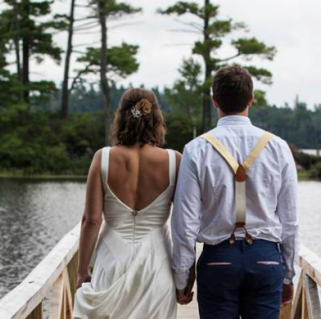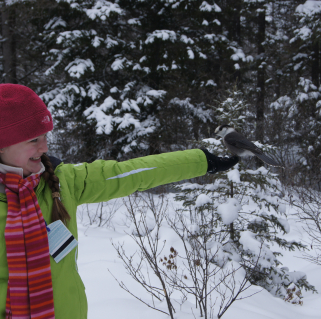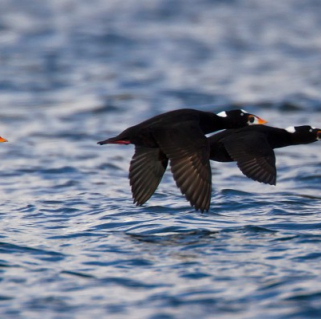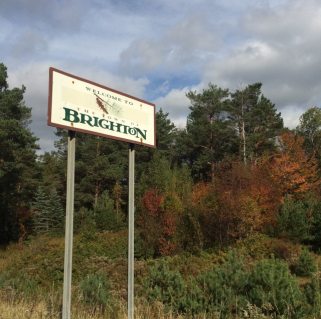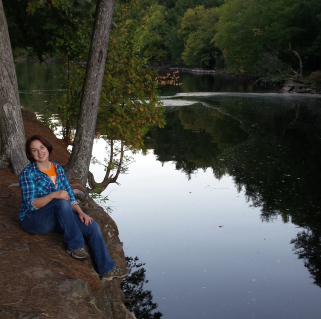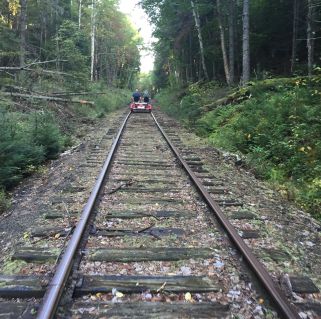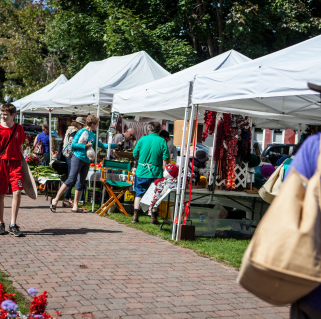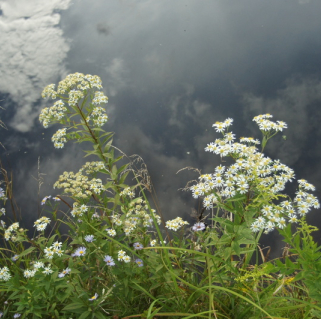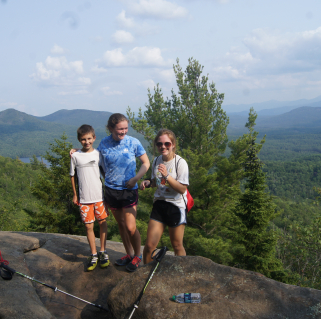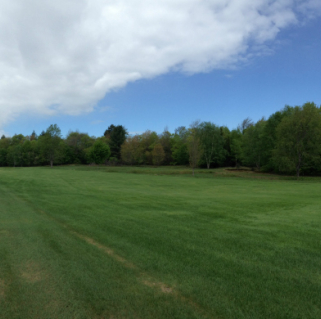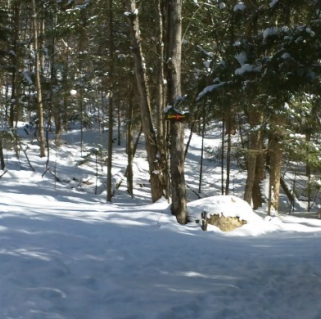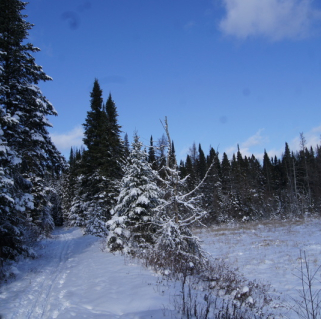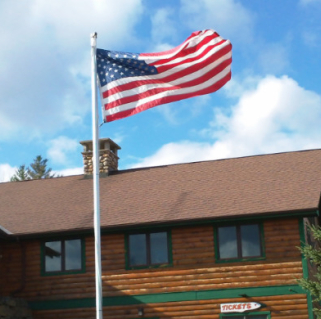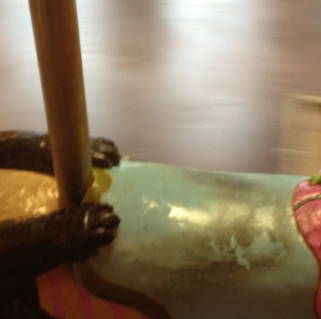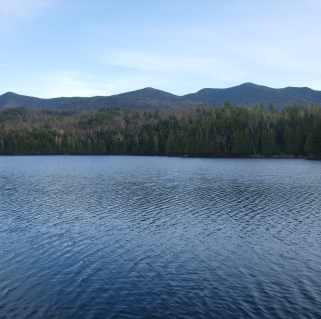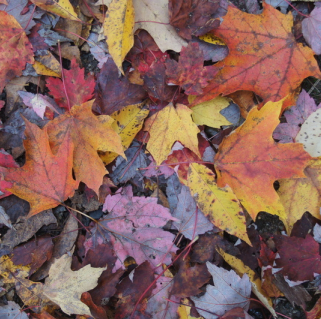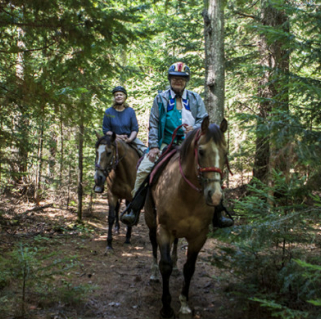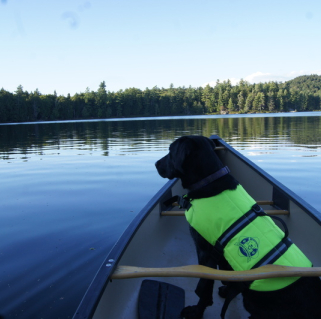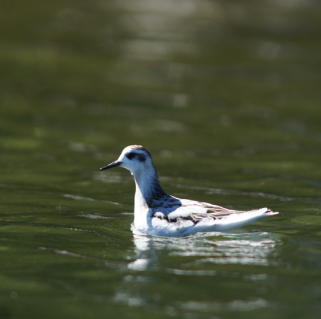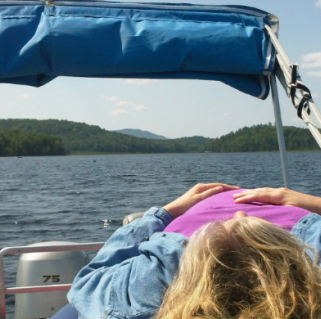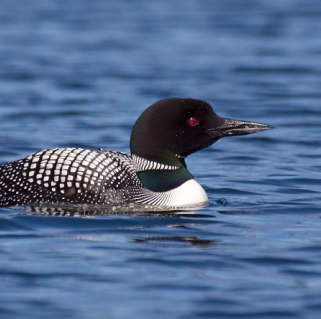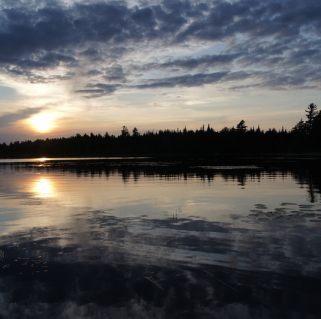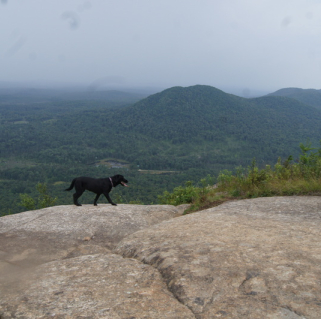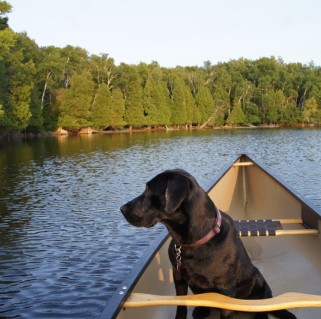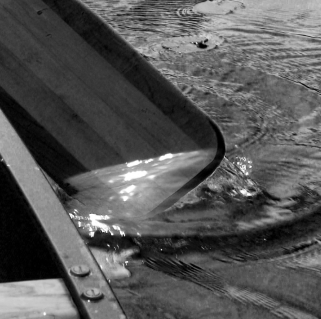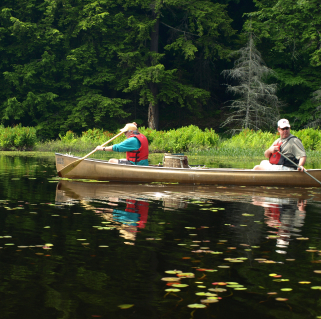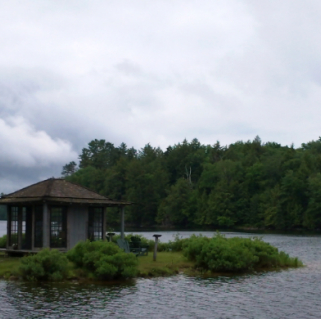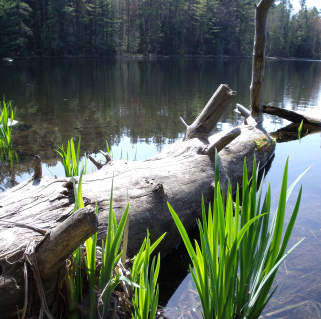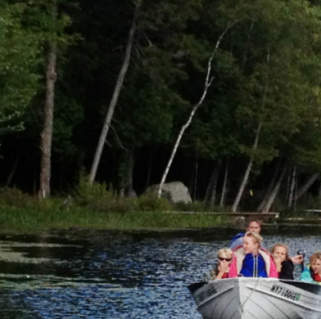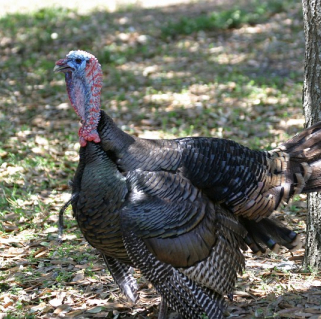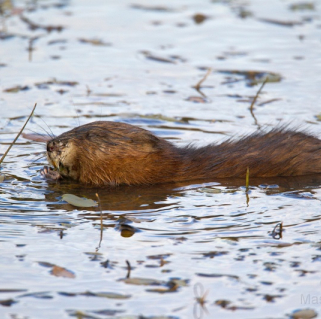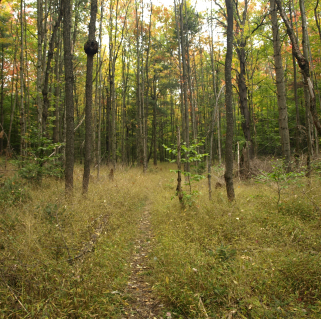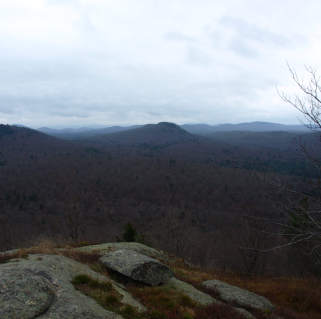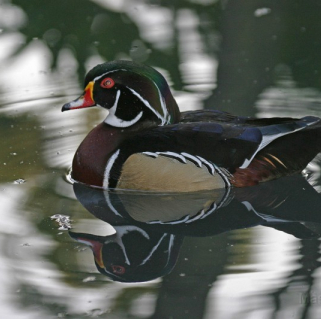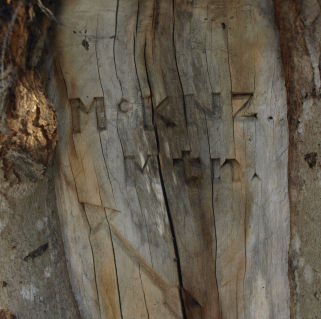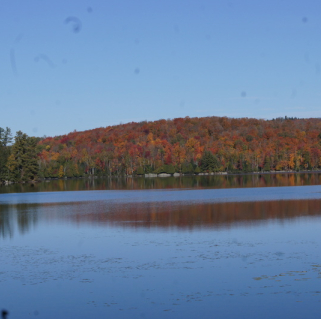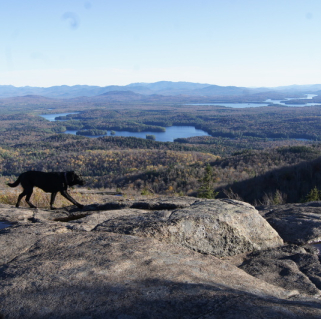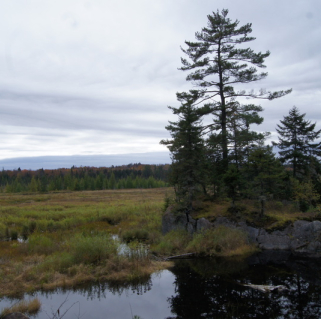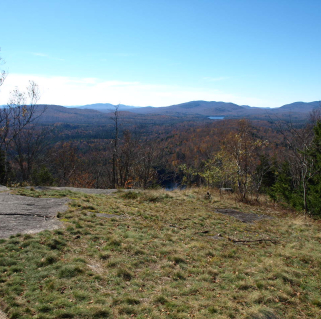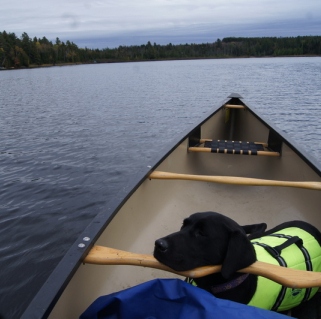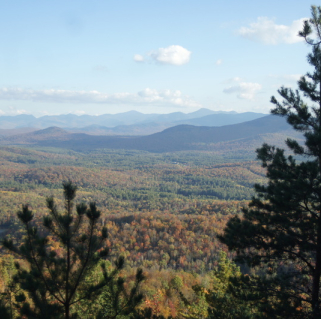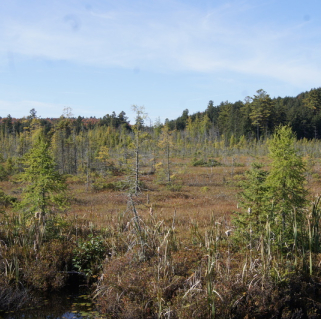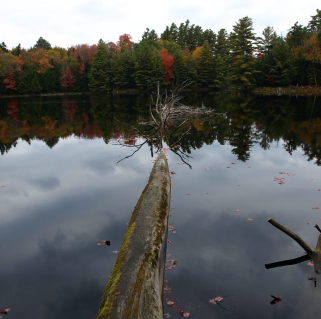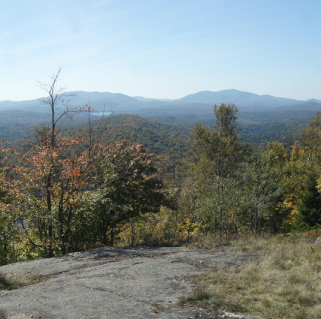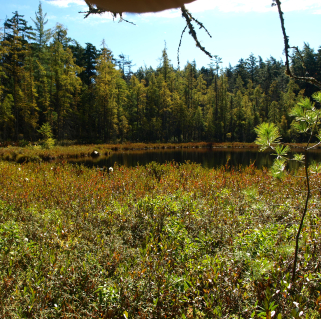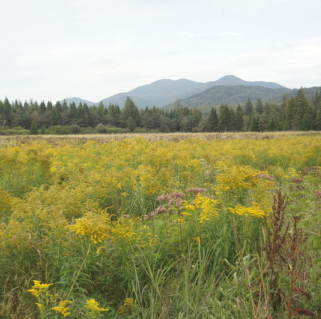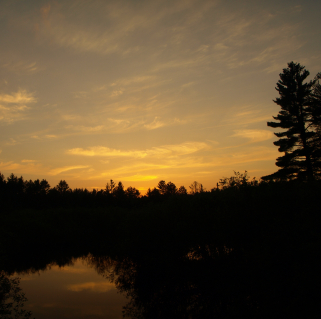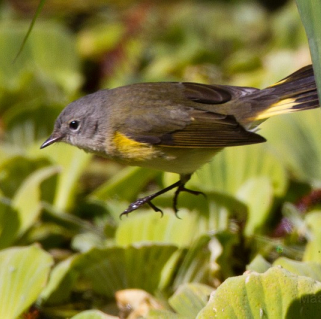September 05, 2018
Submitted by guest writer Tyler Merriam
Many people know about the fantastic trails located in and around Saranac Lake. Dewey Mountain and the Paul Smith’s Visitor Interpretive Center are just two of the numerous places to walk, hike, forest bathe, or even trail run! I’d like to take a few minutes to introduce you to the fantastic world of this last sport, trail running, an activity for which Saranac Lake is perfectly set up. I hope that, by the end of this blog, you’ll have a good idea of why you might want to trail run, what you’ll need to start, and where you can go in Saranac Lake to experience such a sport.

Trail running (running on outdoor trails rather than roads or sidewalks) has numerous benefits, the most obvious is the affect that exercise has on your overall health. Various studies have shown that running, in and of itself, contributes to enhanced brain health, reduces cardiovascular risk factors, and positively affects emotional health. Additionally, trail running, by definition, takes place outside, thus placing you in a natural environment. There is a large amount of evidence that time spent outdoors also has a variety of health and wellness benefits, such as reducing stress levels, enhancing memory and creativity, and boosting the immune system. To top it all off, running on trails decreases impact on your body (particularly in ligaments and tendons), improves balance, and strengthens a more diverse group of muscles due to the variety of surfaces needing to be navigated. Because of these benefits, I think trail running has a huge “leg” up on other forms of cardiovascular exercise (pun intended).

To get started with trail running, you’ll most likely want some different equipment than you’d use on your morning sidewalk jog. For starters, you’ll want to pick up a pair of trail running shoes (often simply called “trail runners”). These shoes differ from road running shoes in that they usually have a more durable upper and increased toe protection. Additionally, most trail running shoes have large lugs on the sole giving it better traction on dirt, gravel, and other variable surfaces. Lastly, most trail runners have a rock plate in between the sole and the footbed. This piece of material, usually made of lightweight plastic or firm piece of nylon, provides protection from sharp objects such as rocks and sticks.
You’ll also need some sort of hydration system, even on shorter trails. Hand held water bottles (these often come with straps to lock them onto your hands), waist packs or waist belts, a trail running vest, or even a small backpack with a hydration bladder (such as a Camelbak) are some of the typical ways to carry water. Whatever method you choose it should be able to secure closely to your body to prevent chafing and limit damage to the equipment through the up and down motion of running. An electrolyte supplement, available at local outdoor stores, can also be added to your water to boost energy and reduce muscle cramps.

Much of the other equipment you can bring is optional, though I highly recommend carrying some of it on every trip. These items include a map, headlamp if you’re running a long distance or during dusk or dawn, buy spray in the spring, sun screen, sun glasses, a lightweight trail running jacket on the colder days, and perhaps even some toilet paper. Trail runners often bring a variety of electronic equipment with them as well, such as a heart rate monitor (I never run without one), a music playing device if you don’t mind blocking out some of the natural sounds (Bluetooth headphones work best in my experience), and a fitness tracking gadget such as a Fitbit, GPS watch, or a smartphone app like Strava or Runkeeper. Even if you choose not to track your route or monitor your pace and heart rate, I highly recommend bringing a cell phone for emergency purposes; I learned this lesson the hard way after hopping out of the woods for 45 minutes with a broken ankle several years ago.

After you obtain some of the necessary equipment, it’s time to hit the trails! As I wrote before, there are some classic places in Saranac Lake to run, but I want to share a few other options for those of you interesting in an easy introduction. The first is the trail into Moose Pond and back, beginning at the parking area on Bloomingdale Ave. The trailhead is approximately four miles outside of Saranac Lake at the end of a short dirt road that can be tricky to spot if you haven’t been there before. It’s just under a mile and a half from here to Moose Pond, making for a nice three-mile round trip run, with fantastic views and a potential swim at Moose Pond itself. If you like the idea of a swim, a similar trail can be found off Forest Home Road, about three and a half miles outside of town. This two-mile trail from the road to Lower Saranac Lake is a little more rugged than the Moose Pond Trail but offers more solitude than many other local options. This trail can also be tricky to find, so refer to a recent edition of the Adirondack Paddler’s Map North, or any of the Green Goat Maps, to get a better idea of where to park.

If you want something closer to the heart of Saranac Lake, The Pines is the trail system for you! This 16-acre tract of land contains a network of moderate intersecting trails, most of which are canopied by, you guessed it, white pines. You can access these trails from several locations, including a few entrances off McKenzie Pond Road, as well as the roads surrounding Moody Pond. These trails are unique in that they are privately owned and maintained by the Saranac Lake Voluntary Health Association, a charitable organization dedicated to the health of people in the Saranac Lake School District.
After a few shorter runs you may be ready to up the distance a bit. If so, the Jackrabbit Trail or Bloomingdale Bog Trail offer longer options. Try running the Bloomingdale Bog Trail from the trailhead off Route 86 to Bloomingdale-Gabriels Road and back, and you have yourself an eight-mile excursion, though the elevation gain and loss are minimal. For something even longer check out a portion of the Jackrabbit Trail. You can run from McKenzie Pond Road, just outside of Saranac Lake, all the way to Lake Placid in a little over five miles. Throw in a round trip with a short side spur trail to McKenzie Pond and your afternoon is booked.

As you delve into the world of trail running, please consider a few important safety tips: Always tell someone where you are going, make sure you bring the proper equipment, and ease into the sport, your body needs time to adjust. To pick up the right gear stop into one of the first-rate outdoor stores in Saranac Lake, such as Blue Line Sports. If you want more information on trail running options in the Adirondack Region, check out some additional information about places to run in Saranac Lake and beyond online. See you on the trails!
Start planning your trip to Saranac Lake today! After running the trails, check out the local restaurants and then rest up in one of our cozy lodgings.
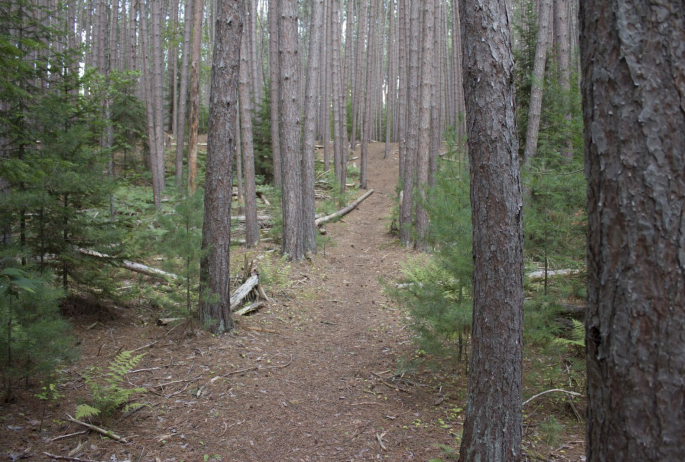
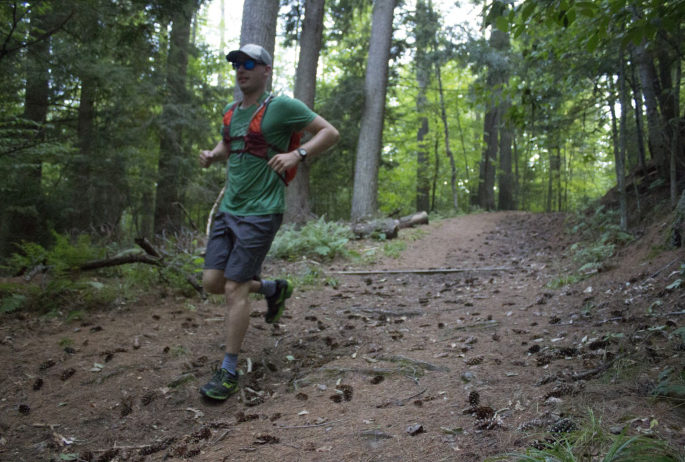
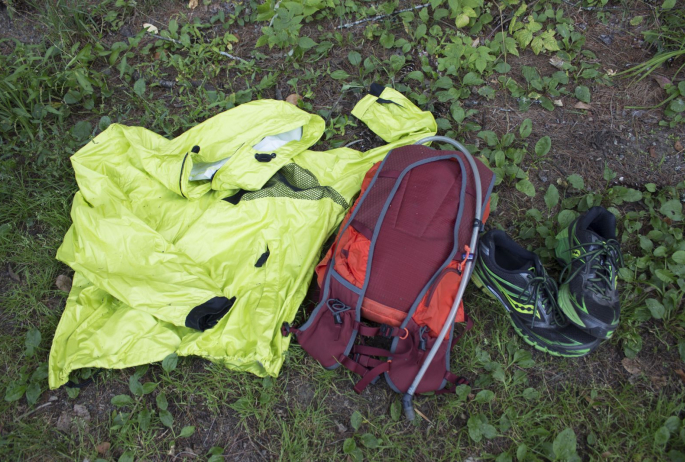
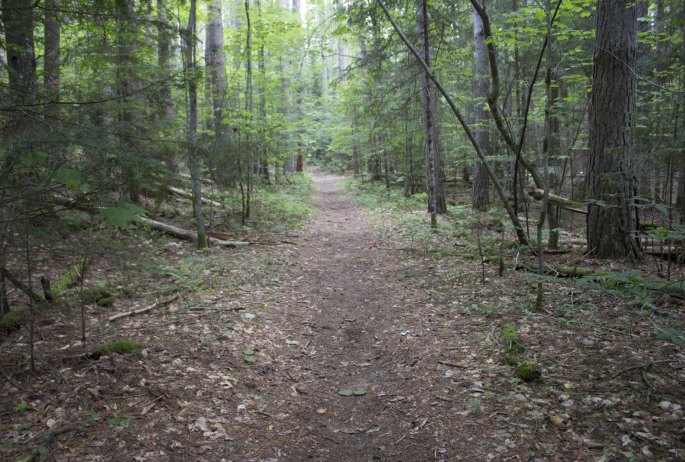
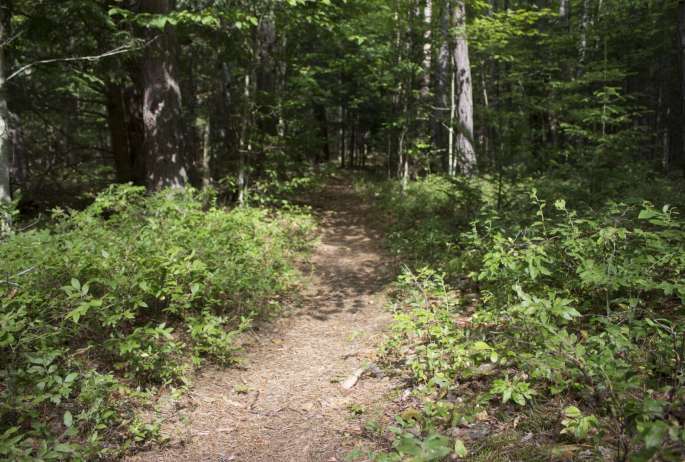
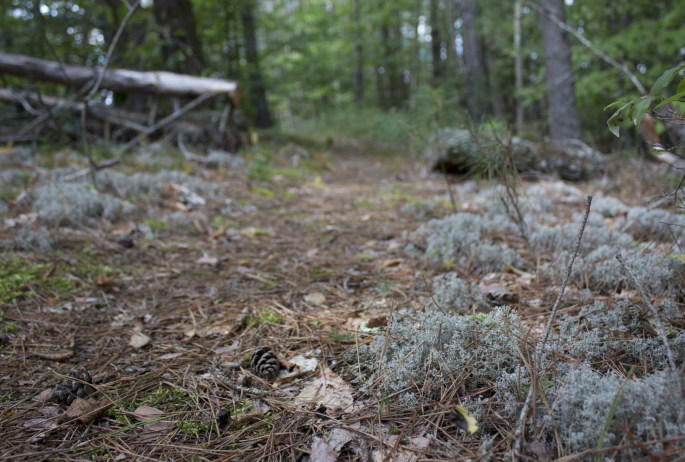
Packages and Promotions
Valid Jan. 21
- Jan. 21
Valid Jan. 21
- Jan. 21
Pet Getaway
Voco Saranac Lake
Your dog deserves an Adirondack getaway too. Book our pet friendly hotel near Lake Placid welcomes every member of your crew. Book our Pet Package...
